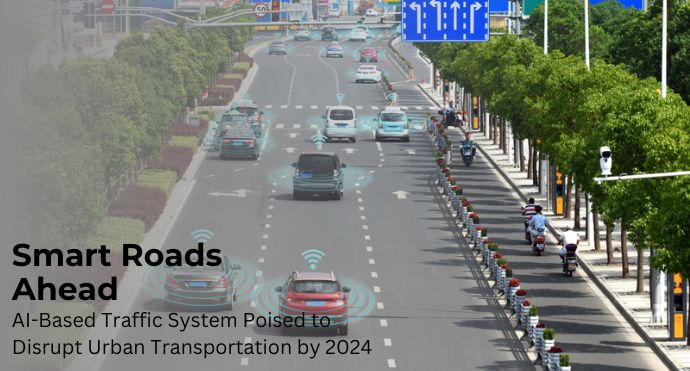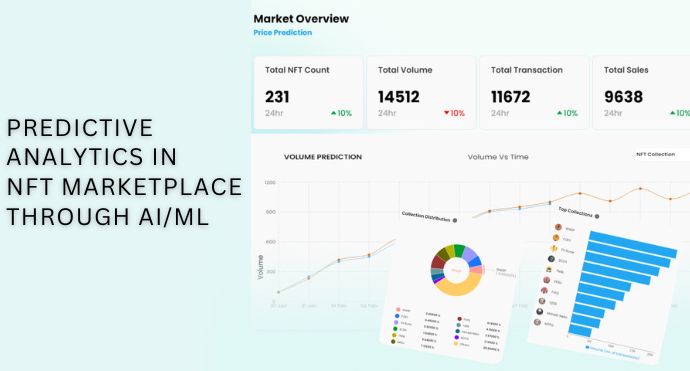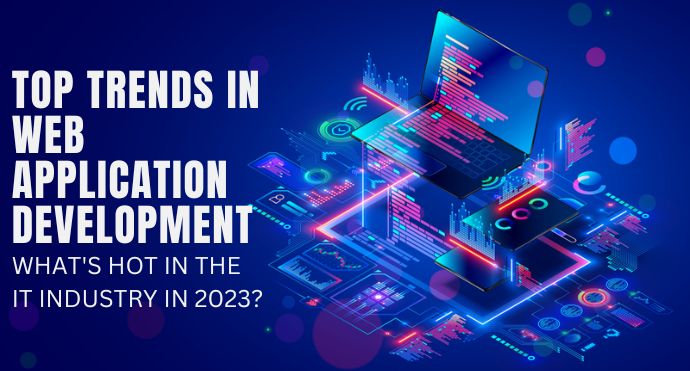Urban transportation has long been plagued by traffic congestion, leading to significant productivity losses, increased pollution levels, and frustrated commuters. However, a revolutionary solution is on the horizon: AI-based traffic systems. These intelligent networks of sensors, cameras, and algorithms have the potential to transform the way we navigate cities, optimizing traffic flow and reducing congestion. By 2024, these smart roads are expected to disrupt urban transportation and provide a range of innovative solutions to address the challenges faced by modern cities. Click Here
How AI-based Traffic Systems Work?
AI-based traffic systems use sensors and cameras to collect data about traffic conditions. This data is then used to optimize traffic flow and reduce congestion.
Here are some of the ways that AI-based traffic systems work:
- Real-time traffic maps: AI-based traffic systems can create real-time traffic maps that show drivers the current traffic conditions. This information can help drivers to find the best route to their destination and avoid congested areas.
- Optimized traffic flow: AI-based traffic systems can optimize traffic flow by adjusting traffic lights and other signals. This can help to keep traffic moving and reduce congestion.
- Reduced emissions: AI-based traffic systems can help to reduce emissions by reducing the amount of time that vehicles idle in traffic. This can help to improve air quality and reduce greenhouse gas emissions.
The Benefits of AI-based Traffic Systems:
AI-based traffic systems offer a number of benefits, including:
- Reduced traffic congestion: AI-based traffic systems can help to reduce traffic congestion by optimizing traffic flow and providing real-time traffic information to drivers.
- Increased safety: AI-based traffic systems can help to improve safety by detecting and responding to potential hazards, such as accidents and pedestrians.
- Improved air quality: AI-based traffic systems can help to improve air quality by reducing emissions from idling vehicles.
- Increased efficiency: AI-based traffic systems can help to increase efficiency by reducing the amount of time that drivers spend in traffic.
The Challenges of AI-based Traffic Systems
AI-based traffic systems also face a number of challenges, including:
- Cost: AI-based traffic systems can be expensive to install and maintain.
- Data privacy: AI-based traffic systems collect a lot of data about drivers and their movements. This data could be used to track drivers’ movements or to target them with advertising.
- Public acceptance: AI-based traffic systems are a new technology, and some people may be hesitant to accept them.
The Future of AI-based Traffic Systems
Despite the challenges, AI-based traffic systems have the potential to revolutionize urban transportation. By 2024, AI-based traffic systems could be a common sight in cities around the world.
As the technology continues to develop, we can expect to see even more innovative ways to use AI to improve urban transportation. For example, AI could be used to develop self-driving cars that can communicate with each other and with traffic signals to coordinate their movements and avoid congestion.
AI-based traffic systems have the potential to make our cities more efficient, safer, and cleaner. As the technology continues to develop, we can expect to see even more innovative ways to use AI to improve urban transportation.
Conclusion:
The future of urban transportation is bright with the emergence of AI-based traffic systems. By leveraging real-time data, predictive analytics, adaptive signal control, incident management, and integration with autonomous vehicles, these systems offer comprehensive solutions to tackle traffic congestion and improve the overall efficiency of urban transportation. As these technologies continue to advance, we can look forward to a future where commuting becomes faster, safer, and more environmentally friendly, paving the way for smarter and more sustainable cities.



